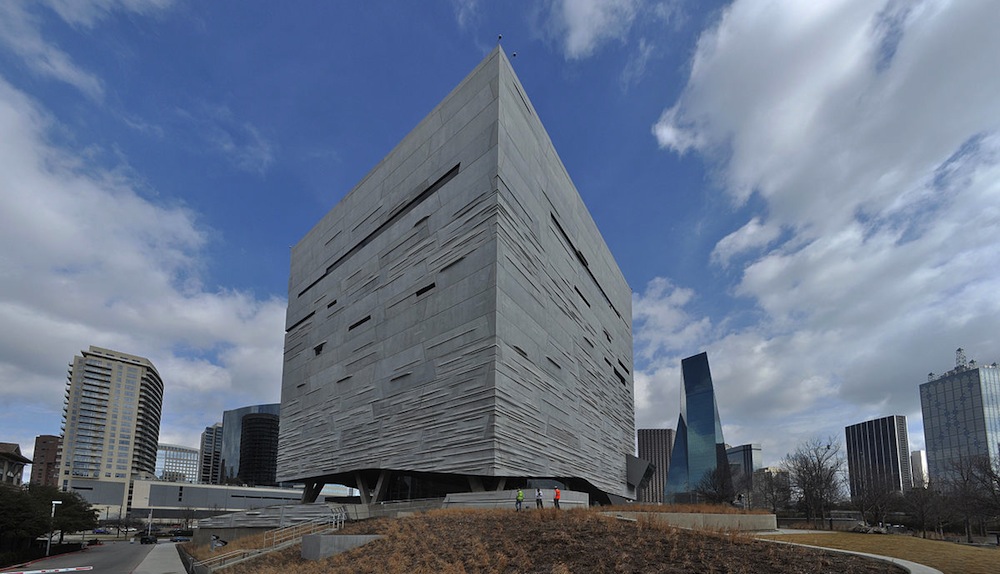The U.S. General Services Administration (GSA) has adopted the SITES rating system for its capital construction program.
Green Business Certification Inc.’s SITES is a program for sustainable land development and management and is used by landscape architects, engineers, architects, developers, and policymakers to align land development with innovative sustainable design. SITES certification is for development projects located on sites with or without buildings including national parks, corporate campuses, streetscapes, homes, and more.
GSA is one of the largest and most diversified public real estate organizations in the world with a portfolio of 376.9 million rentable square feet in 8,721 active assets, and more than 144,000 acres of land, including ports of entry and historical properties. The GSA determined that incorporating SITES into the program offers a highly effective and efficient way to ensure environmental performance to meet federal goals on various capital project types.
The rating system provides a metrics-based approach to important concepts like ecosystem services and green infrastructure. The GSA’s decision is incorporated in the 2016 version of Facilities Standards for the Public Buildings Service (P-100), which establishes design standards and criteria for new buildings, infrastructural projects, major and minor alternations, and work in historic structures for the Public Buildings Service (PBS) of the GSA. This document contains both policy and technical criteria used in the programming, design, and documentation of GSA buildings and facilities.
Related Stories
Codes and Standards | Oct 11, 2018
On-site staff key to energy benchmarking project for property management company
Manager training, data sharing are critical to meeting 20% utility cost reduction goal.
Codes and Standards | Oct 10, 2018
Interactive heat maps track temperature ranges in U.S. cities
Urban heat island effect can vary by as much as 37°F in the same city.
Codes and Standards | Oct 9, 2018
Power systems will become more decentralized for better disaster resiliency
Businesses, homeowners will control more power-generation capacity.
Codes and Standards | Oct 5, 2018
Getting commitments from key subs critical on government contracts
Withdrawn subcontractor bids can be costly.
Codes and Standards | Oct 4, 2018
Internal watchdog says EPA falling short to protect school children from asbestos
Agency not conducting enough inspections, report says.
Codes and Standards | Oct 3, 2018
Climate change impacts could prompt realignment of assets for commercial property developers
Strategies include reducing exposure to properties in flood-prone areas.
Codes and Standards | Oct 2, 2018
Political will, tougher standards needed to reach carbon neutral goal
Stretch codes, more stringent credentials for designers, contractors, and inspectors may be needed.
Codes and Standards | Sep 27, 2018
Natural light is the most prized office perk
Employees crave sunshine and views of the outdoors more than cafeterias, fitness centers, and childcare.
Codes and Standards | Sep 26, 2018
Industry consensus needed for multifamily energy efficiency retrofit approach
Choice of insulating materials can impact indoor air quality, resident health.
Codes and Standards | Sep 25, 2018
New market forces disrupting global real estate development industry
Executives concerned about trade policy, labor shortages, approval processes.
















